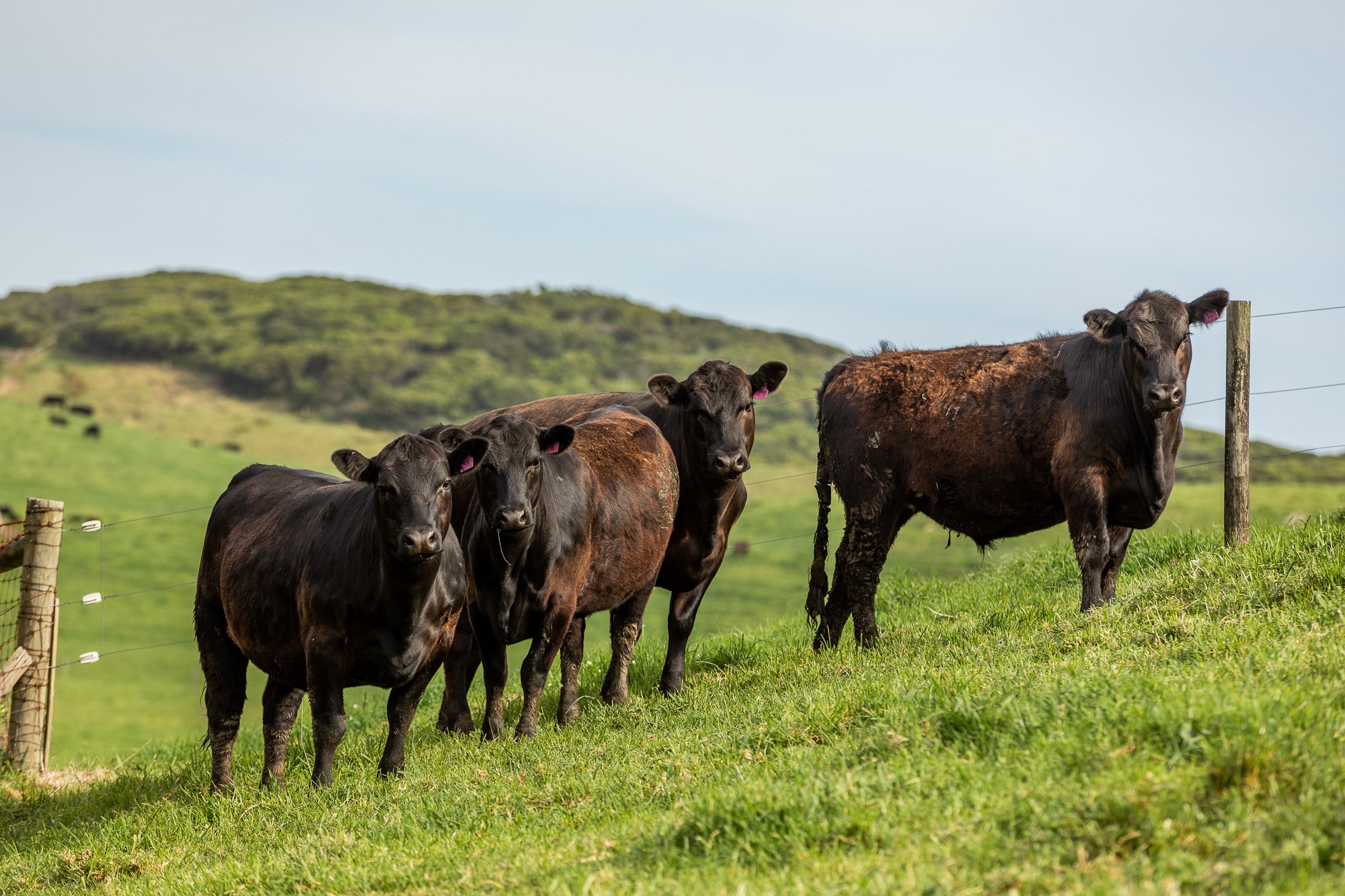ABOUT
our story
Located in Johanna on the Great Ocean Road this beautiful and unique climate makes for some of the best cattle grazing country in Australia. Settled in 1896 by the Speight family, the property remained in the family for over 120 years. Originally the property was a dairy and cheese room and remained an operational dairy until only a few years ago. Located around 30km west of Cape Otway the farm sits alongside the lush Otway national park to the north/east and the southern ocean to the south east.
This infamous coastline stretching from Cape Otway to Port Fairy is known as the ‘shipwreck coast’ and was a feared stretch of water with over 700 ships believed to have sunk off this coastline from the notorious wild storms. In fact Johanna is named after schooner that sunk just of the beach on the 22nd September, 1843. High rainfall, fertile soils and temperate maritime climate makes the lush green hills of Johanna the perfect place to raise some of the finest grass fed Angus beef.

sustainability
It is a privilege to care for this beautiful place and raise our animals in a thoughtful manner. Only a few years into our journey we are implementing a plan based around the following principles to ensure that we can continue to protect this beautiful place and leave it in an even better state for future generations:
ANIMAL WELFARE: This is top of mind and ensuring minimal stress in handling, transportation and slaughter are key areas of focus. We want understand animal behaviour so we can work with the animals to ensure they remain happy and stress free.
REGENERATIVE PRACTICES: As a member of the southern Regenerative farmers network we are implementing some key principles to enhance soil health through increased biodiversity, zero tillage and multi species pasture to increase soil organic matter.
A GOAL OF CARBON POSITIVE: With around 80 acres of our property already dedicated to virgin otway rainforest we have a large carbon sink that we must protect and preserve additionally we want to continue to draw down carbon to offset our farming activities this is happening in 2 ways;
Continuing to fence and plant trees in some of the steeper areas of the farm to reduce potential erosion, capture carbon and provide shelter for animals.
Baseline measurement of our current soil carbon levels and through regenerative practices mentioned above continue to build soil carbon in the form of organic matter through differentiated pasture management and grazing techniques.
Ben’s Story
My name is Ben Hoodless a 4th generation beef cattle farmer. I grew up on our family farm near Tumbarumba in south west NSW. Since then I have spent 20 years in corporate agribusiness but the pull back to land was ever present and a few years ago my wife Penny and son Henry purchased 2 farms in the Johanna region.
The hills remind me of where I grew up but the coastal backdrop is pretty special. This area has such rich biodiversity and visual beauty I feel privileged to care for this land. Having spent a large part of my life living in the city I feel the story of where the food we eat comes from needs to be re-established.



